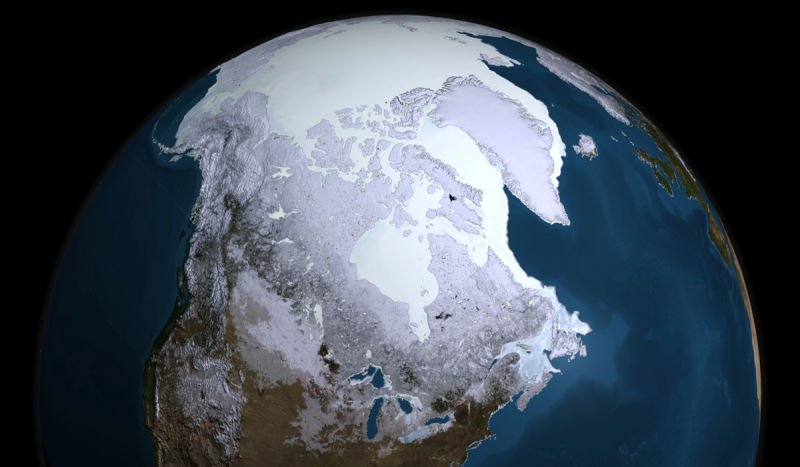Why Do We Have An Ice Age Every 100,000 Years?
MessageToEagle.com – About 1 million years ago our planet experienced an Ice Age every 40,000 years when vast ice sheets covered North America, Europe, and Asia. Suddenly the Ice Age intervals changed from every 40,000 years to every 100,000 years.
This became known as the ‘Mid-Pleistocene Transition’ and the problem was dubbed the ‘100,000-year problem’. Scientists have long sought an explanation as to what was behind this puzzling change. Now, a group of scientists has discovered why we have an Ice Age every 100,000 years.
Experts from Cardiff University suggest that the oceans may be responsible for this change, specifically in the way that they suck carbon dioxide (CO2) out of the atmosphere.
By studying the chemical make-up of tiny fossils on the ocean floor, the team discovered that there was more CO2 stored in the deep ocean during the ice age periods at regular intervals every 100,000 years.
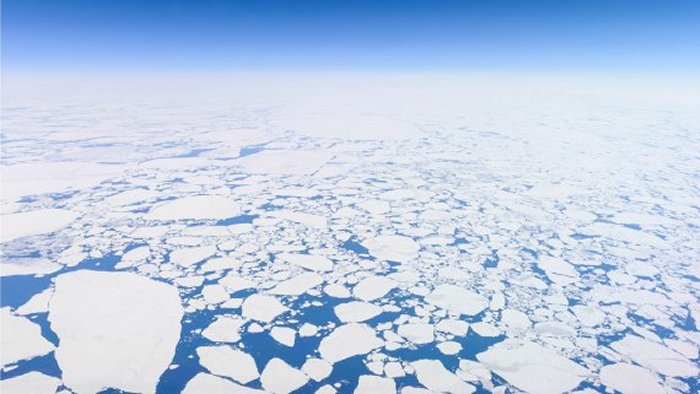
This suggests that extra carbon dioxide was being pulled from the atmosphere and into the oceans at this time, subsequently lowering the temperature on Earth and enabling vast ice sheets to engulf the Northern Hemisphere.
“We can think of the oceans as inhaling and exhaling carbon dioxide, so when the ice sheets are larger, the oceans have inhaled carbon dioxide from the atmosphere, making the planet colder. When the ice sheets are small, the oceans have exhaled carbon dioxide, so there is more in the atmosphere which makes the planet warmer.
See also:
Ancient France Was Once An Exotic Rainforest And Had Amazon-Like Jungles
Seychelles Islands Are Sinking And Will Soon Disappear Underwater
Where Is The Hottest Place On Earth?
By looking at the fossils of tiny creatures on the ocean floor, we showed that when ice sheets were advancing and retreating every 100,000 years the oceans were inhaling more carbon dioxide in the cold periods, suggesting that there was less left in the atmosphere,” Professor Carrie Lear, from the School of Earth and Ocean Sciences said.
Marine algae play a key role in removing CO2 from the atmosphere as it is an essential ingredient of photosynthesis.
CO2 is put back into the atmosphere when deep ocean water rises to the surface through a process called upwelling, but when a vast amount of sea ice is present this prevents the CO2 from being exhaled, which could make the ice sheets bigger and prolong the ice age.
The last ice age ended about 11,000 years ago. Since then, temperatures and sea levels have risen, and ice caps have retreated back to the poles. In addition to these natural cycles, human-made carbon emissions are also having an effect on warming the climate.
MessageToEagle.com
Expand for referencesCaroline H. Lear, Katharina Billups, Rosalind E.M. Rickaby, Liselotte Diester-Haass, Elaine M. Mawbey, Sindia M. Sosdian. Breathing more deeply: Deep ocean carbon storage during the mid-Pleistocene climate transition. Geology, 2016; G38636.1 DOI: 10.1130/G38636.1
Related Posts
-
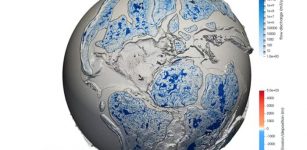 Most Detailed Geological Model Reveals Earth’s Past 100 Million Years
No Comments | Mar 4, 2023
Most Detailed Geological Model Reveals Earth’s Past 100 Million Years
No Comments | Mar 4, 2023 -
 Misplaced Piece of North America’s Continent Found In Australia – New Study
No Comments | Jan 25, 2018
Misplaced Piece of North America’s Continent Found In Australia – New Study
No Comments | Jan 25, 2018 -
 Did The Birth Of The Himalayas Destroy An Entire Continent?
No Comments | Oct 9, 2016
Did The Birth Of The Himalayas Destroy An Entire Continent?
No Comments | Oct 9, 2016 -
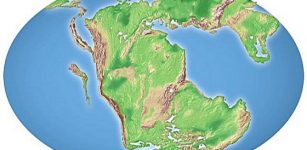 Atlantic Ocean Has Started Closing – Europe And America Could Be Joined In 220 Million Years
No Comments | Jun 27, 2013
Atlantic Ocean Has Started Closing – Europe And America Could Be Joined In 220 Million Years
No Comments | Jun 27, 2013 -
 Valley Of The Kings – Necropolis Of New Kingdom Rulers Of Ancient Egypt
No Comments | Nov 4, 2016
Valley Of The Kings – Necropolis Of New Kingdom Rulers Of Ancient Egypt
No Comments | Nov 4, 2016 -
 Old Tjikko Is The World’s Oldest Tree
No Comments | Jan 18, 2016
Old Tjikko Is The World’s Oldest Tree
No Comments | Jan 18, 2016 -
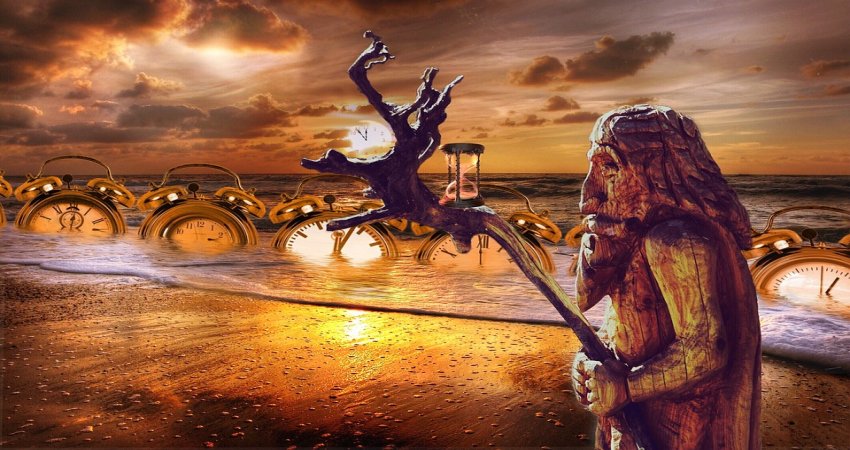 When Will Humans Go Extinct?
No Comments | May 7, 2020
When Will Humans Go Extinct?
No Comments | May 7, 2020 -
 First Leaf Fossil Study Reveals An Ancient 4 Million-Year-Old Forest In Borneo
No Comments | May 4, 2022
First Leaf Fossil Study Reveals An Ancient 4 Million-Year-Old Forest In Borneo
No Comments | May 4, 2022 -
 Copper: First Metal Used By Ancient Man More Than 10,000 Years Ago
No Comments | Oct 25, 2016
Copper: First Metal Used By Ancient Man More Than 10,000 Years Ago
No Comments | Oct 25, 2016 -
 Uruk Was Ruled By Gilgamesh Who Built City’s Great Walls
No Comments | Dec 5, 2016
Uruk Was Ruled By Gilgamesh Who Built City’s Great Walls
No Comments | Dec 5, 2016

